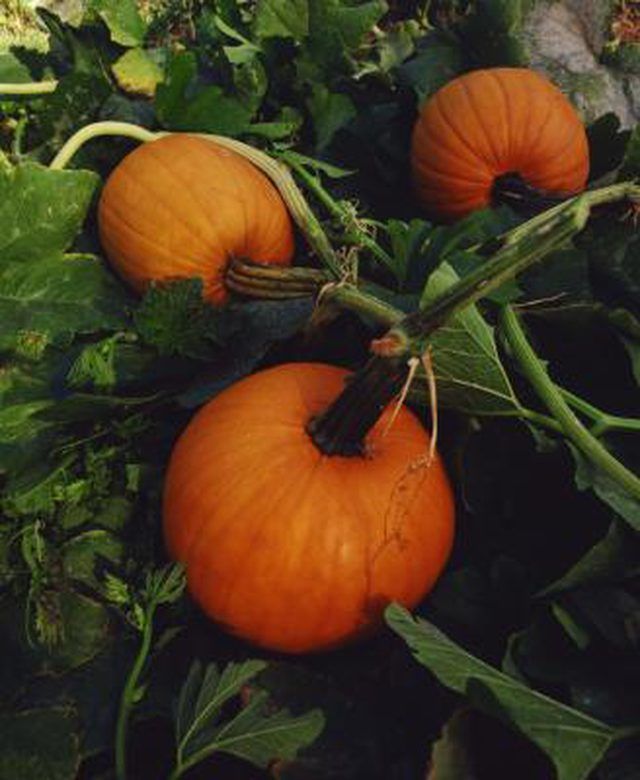Bulbs
Flower Basics
Flower Beds & Specialty Gardens
Flower Garden
Garden Furniture
Garden Gnomes
Garden Seeds
Garden Sheds
Garden Statues
Garden Tools & Supplies
Gardening Basics
Green & Organic
Groundcovers & Vines
Growing Annuals
Growing Basil
Growing Beans
Growing Berries
Growing Blueberries
Growing Cactus
Growing Corn
Growing Cotton
Growing Edibles
Growing Flowers
Growing Garlic
Growing Grapes
Growing Grass
Growing Herbs
Growing Jasmine
Growing Mint
Growing Mushrooms
Orchids
Growing Peanuts
Growing Perennials
Growing Plants
Growing Rosemary
Growing Roses
Growing Strawberries
Growing Sunflowers
Growing Thyme
Growing Tomatoes
Growing Tulips
Growing Vegetables
Herb Basics
Herb Garden
Indoor Growing
Landscaping Basics
Landscaping Patios
Landscaping Plants
Landscaping Shrubs
Landscaping Trees
Landscaping Walks & Pathways
Lawn Basics
Lawn Maintenance
Lawn Mowers
Lawn Ornaments
Lawn Planting
Lawn Tools
Outdoor Growing
Overall Landscape Planning
Pests, Weeds & Problems
Plant Basics
Rock Garden
Rose Garden
Shrubs
Soil
Specialty Gardens
Trees
Vegetable Garden
Yard Maintenance
How to Keep Worms From Eating Your Squash
How to Keep Worms From Eating Your Squash. Winter squash (Curcurbita maxima) and summer squash (Curcurbita pepo), both hardy in U.S. Department of Agriculture plant hardiness zones 2 through 11, host the same pests. In addition to the usual culprits – aphids, whiteflies and squash bugs – several worm species, such as armyworms...

Winter squash (Curcurbita maxima) and summer squash (Curcurbita pepo), both hardy in U.S. Department of Agriculture plant hardiness zones 2 through 11, host the same pests. In addition to the usual culprits – aphids, whiteflies and squash bugs – several worm species, such as armyworms (Spodoptera spp.), cutworms (Lepidoptera), seedcorn maggots (Delia platura) and wireworms (Elateridae), which turn into click beetles, like to take a bite or two from the time the first seedlings emerge up until harvest. The good news is the most effective treatments, such as spinosad and bacillus thuringiensis, or Bt, are also naturally occurring, so you can use them almost up to harvest day.
Things You'll Need
4-foot-tall wood stakes
Polyolefin fabric
Stapler
Bacillus thuringiensis
Pump-type sprayer
Pesticide granules containing 0.07 percent spinosad and 0.97 percent iron phosphate
Water hose
Carrots
Identify the worms according to habits, color and body markings. Armyworms like to feed in groups, and have green bodies with lighter green or yellow stripes running down their length. Cutworms have dull brown bodies and, when poked or otherwise disturbed, curl into a "C" shape for protection. Seedcorn maggots measure about 1/3 inch long, have creamy white bodies and primarily attack young squash leaves. Wireworms have yellow to mustard-yellow bodies and six short legs.
Handpick the worms from the squash and vines, or spray with high-pressure water from a hose if you find only a few. Drop the worms on the ground and squash them.
Insert one 4-foot-tall wood stake 1/2 to 1 foot deep in the ground at each corner of each squash row. Drape a piece of polyolefin fabric over the stakes, making sure it touches the ground. Staple the row covers to the stakes, pulling them tightly as you do, to prevent worms from getting to the squash plants.
Mix together 4 teaspoons of Bt and 1 gallon of water in a pump-type sprayer if you have a cutworm or armyworm infestation. Spray the squash until covered.
Measure 1 teaspoon of pesticide granules containing 0.07 percent spinosad and 0.97 percent iron phosphate per square yard of growing area as an alternative to Bt. Moisten the soil around the squash lightly with water from a hose and sprinkle the granules around the squash.
Insert one carrot in the soil every 2 1/2 feet on both sides of the squash rows if you have a wireworm problem. Pull the carrots from the ground every two days, and dispose of the worms trapped there. Place the carrots back in the ground, and remove them every couple days to continue diverting wireworms from your squash.
Tips & Warnings
You can use Bt up until the day of harvest.
You can use spinosad up until three days before harvest.
Wear chemical-proof gloves and goggles when using insecticides.
Don't use spinosad more than three times in a 30-day period.
Don't carry worms you pick off your squash to other areas and drop them off. They either crawl back to your squash, or you end up causing more damage by introducing them to non-native areas.